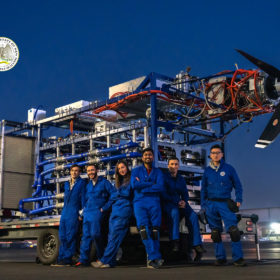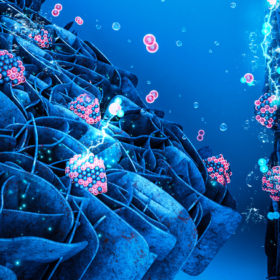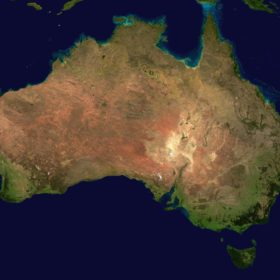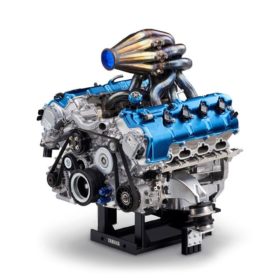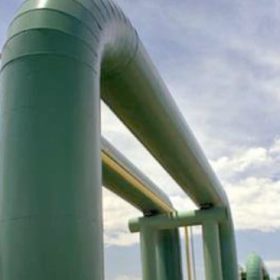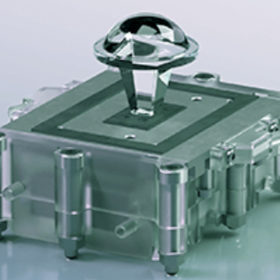Romania invests in PV cell and panel supply chains
A lack of trained personnel, slow overhaul of PV rules, and a weak electricity grid could slow the emergence of solar as a solution to diminish Romanian dependence on Russian gas. The next two winters will be critical.
The Hydrogen Stream: Hydrogen-powered trains for the German network
Elsewhere, the Danish government announced a plan to deploy up to 6 GW of electrolyzer capacity by 2030 and Germany and Norway agreed to conduct a feasibility study on large-scale hydrogen transport, including via pipeline.
The Hydrogen Stream: Universal Hydrogen builds manufacturing facility in the United States
Elsewhere, Scatec and partners have signed a memorandum of understanding to develop a large scale green ammonia facility in Egypt. Hydrogen developments were also announced in India and the United Kingdom.
The Hydrogen Stream: Metal foam for low-cost green hydrogen generation
Researchers from Saudi Arabia’s King Abdullah University of Science and Technology have presented the results of a low-cost method of generating carbon-free hydrogen. In other news, Norwegian fuel cell producer Nel ASA said it was ready to increase its electrolyzer production capacity to meet the European Union’s raised ambitions for renewable hydrogen, while oil giant Petronas Eneos announced plans to set up a hydrogen production plant in Indonesia.
Russian invasion of Ukraine weighing on Moldova’s PV sector
The first months of the year pointed to a boom in Moldova’s solar sector, but the war has already started to negatively affect investment decisions.
The Hydrogen Stream: Ukraine invasion raises price of gas-powered grey ammonia
With fears over Europe’s gas supply tightening, the Australian government is forging ahead in the green hydrogen sector by launching tech incubator HyGate and awarding Volt Advisory Group cash to develop a renewable energy microgrid. Australian business Fortescue Future Industries and Europe’s Airbus will work on hydrogen-powered aircraft and Kawasaki Heavy Industries is making strides in transporting hydrogen from the state of Victoria.
The Hydrogen Stream: Hydrogen-fuelled V8 engine for automobiles from Toyota, Yamaha
In other news, Belgian company Tree Energy Solutions (TES) is accelerating plans to develop the German port of Wilhelmshaven into a “world-scale” hub for importing green gas, and German engineering company MAN Energy Solutions will invest up to €500 million in its hydrogen-focused subsidiary H-TEC Systems.
The Hydrogen Stream: World’s largest electrolyzer fab breaks ground in Australia
Fortescue Future Industries says the first electrolyzers to be manufactured at the facility, early next year, are earmarked for use in Queensland at FFI’s planned green-hydrogen-to-ammonia project on Gibson Island.
The Hydrogen Stream: Airbus plans flight test with direct combustion engine fueled by hydrogen
Elsewhere, Chinese researchers have synthesized ultrafine Pd100-xCux nanodot-modified TiO2 photocatalysts that display optimized energy barrier for interfacial hydrogen desertion, which reportedly exhibits excellent H2-evolution activity and stability, and Mitsubishi Heavy Industries has presented its plans to establish the Takasago Hydrogen Park, calling it the world’s first center for validation of hydrogen-related technologies, from hydrogen production to power generation.
The Hydrogen Stream: CPV-powered PEM electrolyzers for 1.2MW demo in Portugal
Fusion Fuel Green has developed a small PEM electrolyzer that will be used in a green hydrogen project in Iberia. Elsewhere, India’s Adani Group and Canada-based PEM fuel cell producer Ballard Power Systems have signed a memorandum of understanding to evaluate a joint investment in the commercialization of hydrogen fuel cells for mobility and industrial applications in India.


